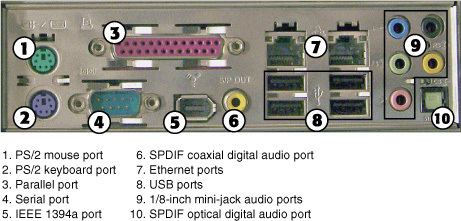 | ||
The PC System Design Guide (also known as the PC 97, PC 98, PC 99, or PC 2001 specification) is a series of hardware design requirements and recommendations for IBM PC compatible personal computers, compiled by Microsoft and Intel Corporation during 1997–2001. They were aimed at helping manufacturers provide hardware that made the best use of the capabilities of the Microsoft Windows operating system, and to simplify setup and use of such computers.
Contents
Every part of a standard computer and the most common kinds of peripheral devices are defined with specific requirements. Systems and devices that meet the specification should be automatically recognized and configured by the operating system.
Versions
Four versions of the PC System Design Guide were released. Within each version, a distinction was made between the requirements of a Consumer PC, an Office PC and an Entertainment PC.
PC 97
Initial version.
PC 98
Aimed at systems to be used with Windows 98 or Windows 2000. Required:
It was published as ISBN 1-57231-716-7.
PC 99
Required:
Strongly discouraged:
It was published as ISBN 0-7356-0518-1.
PC 2001
Final version. First to require IO-APICs to be enabled on all desktop systems. Places a greatly increased emphasis on legacy-reduced and legacy-free systems. Some "legacy" items such as ISA expansion slots and device dependence on MS-DOS are forbidden entirely, while others are merely strongly discouraged.
Color-coding scheme for connectors and ports
Perhaps the most end-user visible and lasting impact of PC 99 was that it introduced a color code for the various standard types of plugs and connectors used on PCs. As many of the connectors look very similar, particularly to a novice PC user, this made it far easier for people to connect peripherals to the correct ports on a PC. This color code was gradually adopted by almost all PC and motherboard manufacturers. Some of the color codes have also been widely adopted by peripheral manufacturers.
